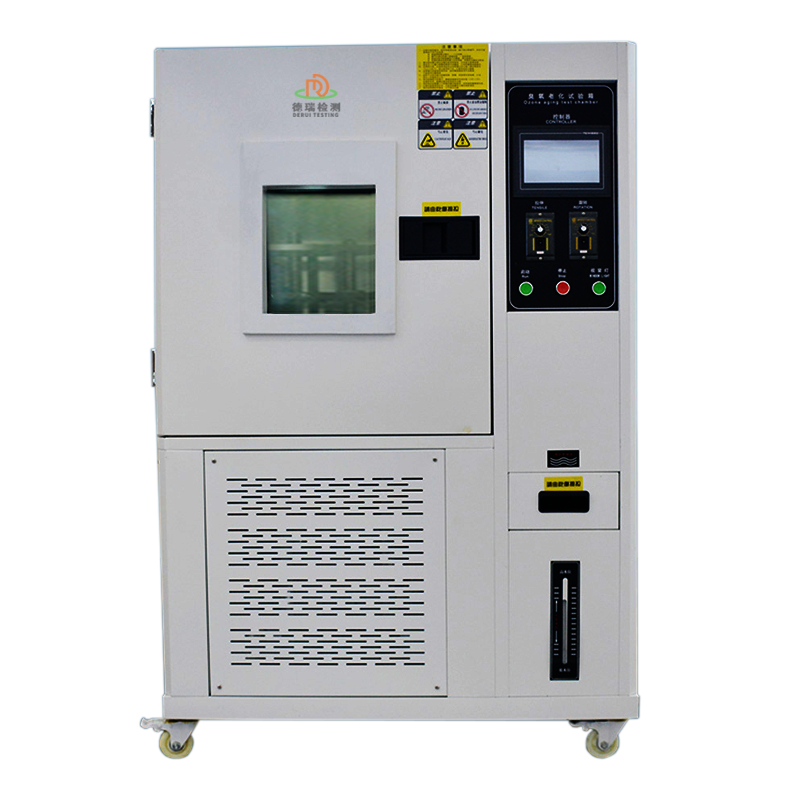
Cracking level evaluation ozone testing machine
348005.0 INR/Unit
Product Details:
X
Cracking level evaluation ozone testing machine Price And Quantity
- 1 Unit
- 348005.0 INR/Unit
Cracking level evaluation ozone testing machine Trade Information
- Cash in Advance (CID)
- 90 Unit Per Month
- 7 Days
- All India
Product Description
Standard Features
| Item | Specification |
| Internal dimension | 450W*450D*500Hmm (100L) |
| Temperature range | RT+10~ 60 (suggest to use 402) |
| Temperature Fluctuation | 1 |
| Ozone concentration | 50~1000 pphm, adjustable (suggest to use 50pphm) |
| Ozone concentration deviation | 10% |
| Sample holder rotation | 360 degree rotation |
| Sample holder | 2pcs removable sample tray, SUS#304 stainless steel |
| Temperature controller | Programmable touch screen controller |
| Ozone concentration analysis | Concentration analysis meter |
| Ozone generator | High pressure silence discharge type |
| Protection system | Leakage, short circuit, over temperature, over heat |
I. Core functions and technical highlights of the equipment
1. Dynamic visualization of cracks
High-definition imaging system: Built-in 4K industrial camera or macro microscope captures the micro-morphology of cracks on the material surface in real time (crack length, density, direction).
AI Image Recognition: Automatically analyze the percentage of cracked area through algorithm (0.1%-99.9% accuracy), and generate crack rating (e.g., ISO 4587 standard 1-5). AI image recognition: automatically analyze the percentage of cracked area by algorithm (0%-99.9% accuracy)
2. Precise control of environmental parameters
Ozone concentration gradient: Supports 20-500 ppm multi-level settings with 1 ppm step accuracy to simulate low to high ozone exposure scenarios.
Compound environment simulation: integrated temperature (-40C-80C), humidity (20-95% RH), vibration (optional 0-50 Hz) multi-parameter synergistic control.
3. Intelligent testing process
Automatic rating system: automatically determine the cracking level according to preset standards (e.g. ASTM D572, ISO 1436) and generate reports.
Data traceability and sharing: encrypted storage of experimental data, support for cloud synchronization and LIMS system docking.
Cracking Rating Determination Method
1. Macro crack rating
- Classification of grades:
Grade 1: no cracks or tiny cracks (<0.1 mm).
Grade 2: Localized cracks (0.1-1 mm, low density).
Grade 3: medium cracks (1-5 mm, covering 10-30% of the area).
Grade 4: Large cracks (>5 mm, covering 30%-70% of the area).
Grade 5: severe cracking (>70% of covered area, material failure).
2. Microscopic crack analysis
- Crack density: number of cracks per unit area (cm).
- Crack expansion rate: increase in crack length per hour (m/h).
Typical application scenarios
1. Material aging research
- Cracking grade prediction of rubber products (tires, seals) under long-term ozone exposure.
- Plastic film (e.g. PE, PP) aging assessment under the synergistic effect of UV + ozone.
2. Validation of automotive parts
- Durability testing of automotive wire harness insulation and sealant under dynamic vibration + high ozone environment.
3. New energy field
- Insulation degradation analysis of lithium battery diaphragm under high temperature, high humidity + ozone environment.
Tell us about your requirement

Price:
Quantity
Select Unit
- 50
- 100
- 200
- 250
- 500
- 1000+
Additional detail
Mobile number
Email



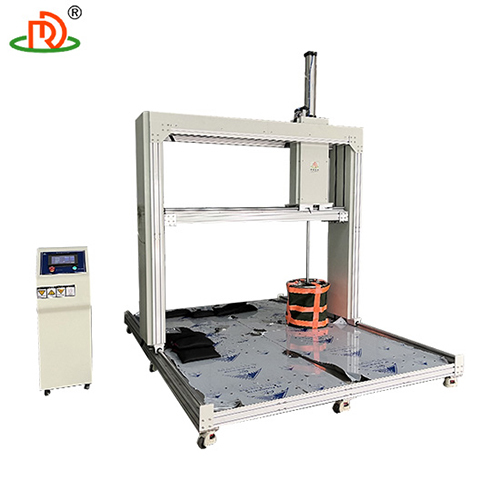
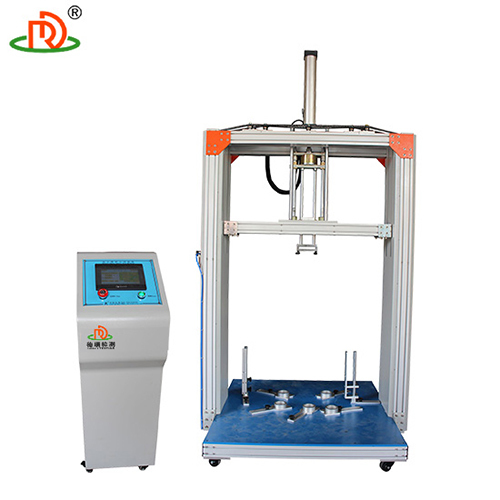
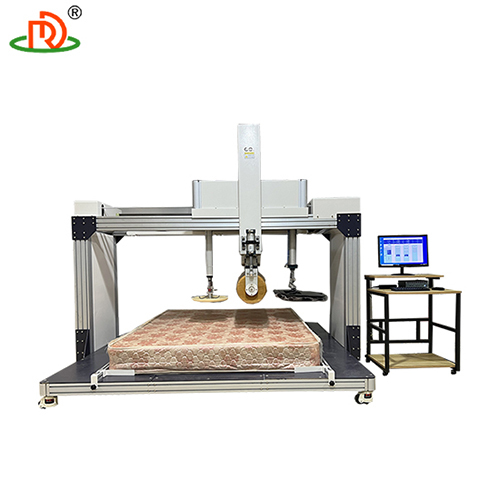
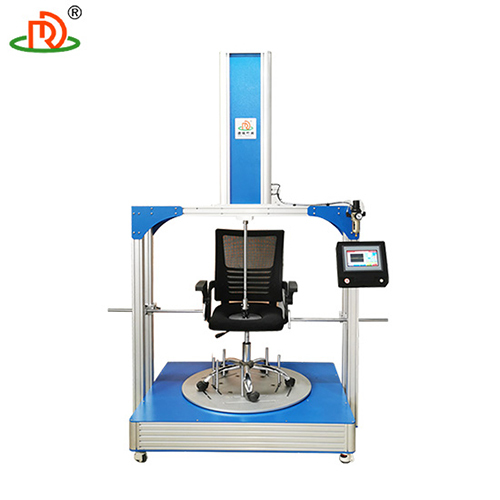

 English
English Spanish
Spanish French
French German
German Italian
Italian Chinese (Simplified)
Chinese (Simplified) Japanese
Japanese Korean
Korean Arabic
Arabic Portuguese
Portuguese